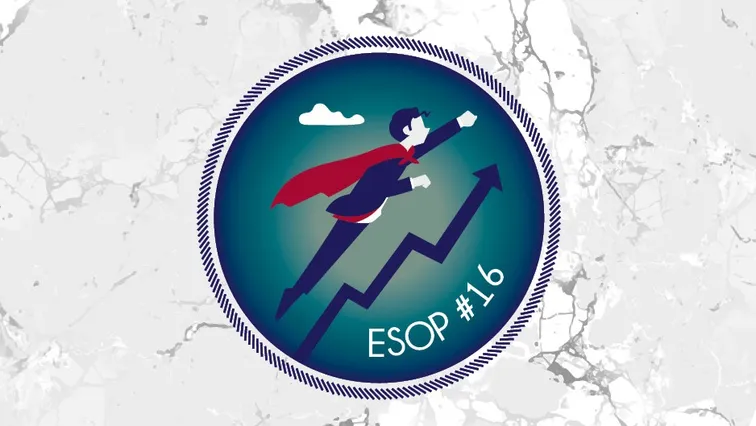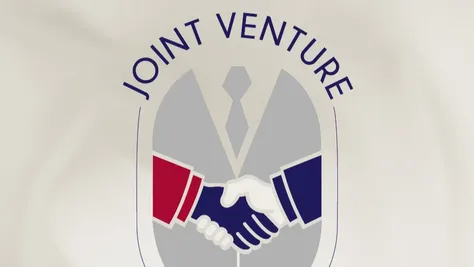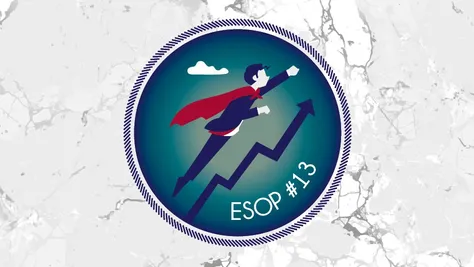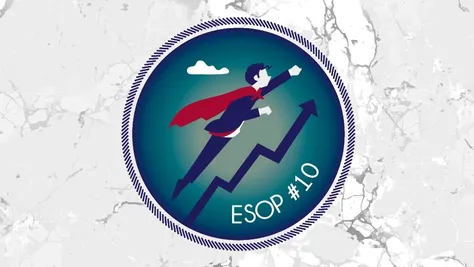Today I would like to share with you a very interesting story in our ESOP's Fables series. This time it is the story of a client with equity interests in a large number of companies in different countries around the world. The client came to us with clear requirements for an ESOP for a key manager, and so despite the complex structure of this major investment group, we worked together to find the best solution.
It all starts with the client's decision
I wondered what was most impressive about this story. After some time, I have come to the conclusion that basically everything - the key manager, the company and the form of an ESOP, including the time aspect - we will get to all of that gradually.
The client and its requirements
All aspects and at the same time the client's requirements were somehow specific.
Our long-term client is a major investment group with equity interests in a large number of companies in various countries with a relatively complex structure, and given certain specifics, there is and will be a certain (and regular) corporate transformation, which quite logically influenced the choice of the right "asset" that the selected manager should own and on what basis his performance should be evaluated.
It was this requirement to select the right entity at the right time (in the context of ongoing regular corporate transformations) with which the client approached us. Other aspects were relatively standard.
Another specificity and requirement of the client was the key manager himself. While any manager in such a position is considered "key", in this case it was a truly indispensable person who played a critical role in the management and development of a portion of the client's portfolio. Thus, the requirement was for the maximum possible level of motivation for that person.
By a solution the whole story continues
In view of the client's requirement for the maximum level of motivation, we chose an ESOP in the form of acquiring a direct share in a group of companies (subholding companies) managed by the manager. It remains true that knowing that you own real shares or a stake in the group leads to the highest possible level of motivation. We have discussed specific aspects of intrinsic and extrinsic motivation in many previous articles, so I will refer to them here.
In addition to the type of an ESOP itself, we also recommended a suitable entity for the acquisition of an equity interest, which was a newly formed subholding company for the group of companies that the manager managed. The client's goal is to motivate the manager in relation to the entire group, so it didn't make sense to leave him with shares in individual companies.
The solution, of course, included standard good faith and bad faith leaving clauses and the appropriate setting of other parameters for existing and future cooperation.
As the final structure will be completed only during 2024, upon agreement with the client and the manager, we prepared detailed documentation, including the timing of individual steps, so that the ESOP is already motivating now, when the manager does not own anything except the option right - therefore it was necessary to provide for the entire ESOP in a contract as precisely as possible so that the very signing of the existing contractual documentation is already an actual ESOP. Thus, the annexes to the contractual documentation included share purchase agreements and arrangements on similar matters to be concluded in the future. In addition to emphasizing the client's serious interest, this also eliminated the negotiation of open issues in the future.
According to recent results, the client and its companies are doing well. So, we can, I believe, take a bit of credit for the fact that their indeed key manager remains motivated to continue working with them.
So, let the good times roll!







